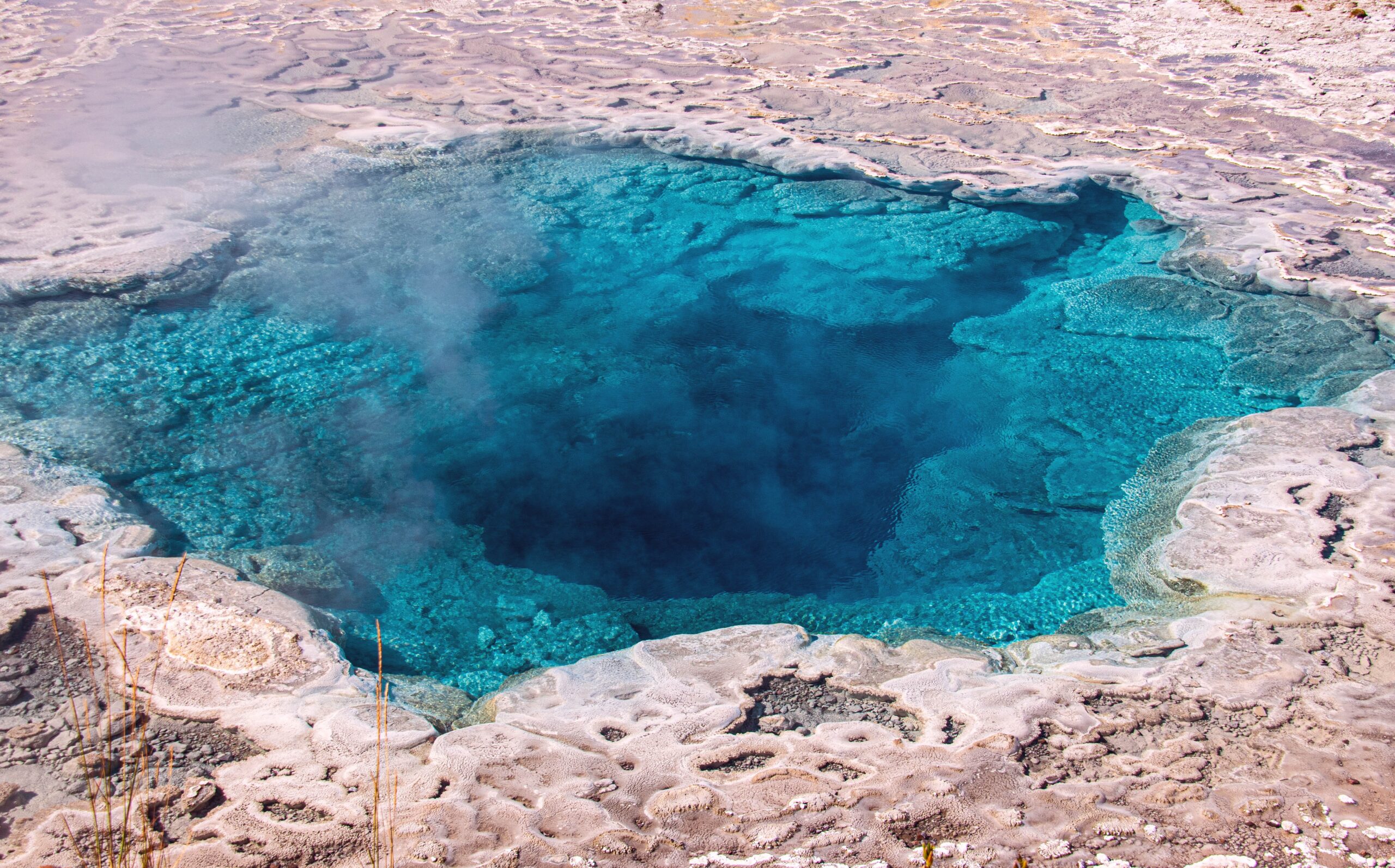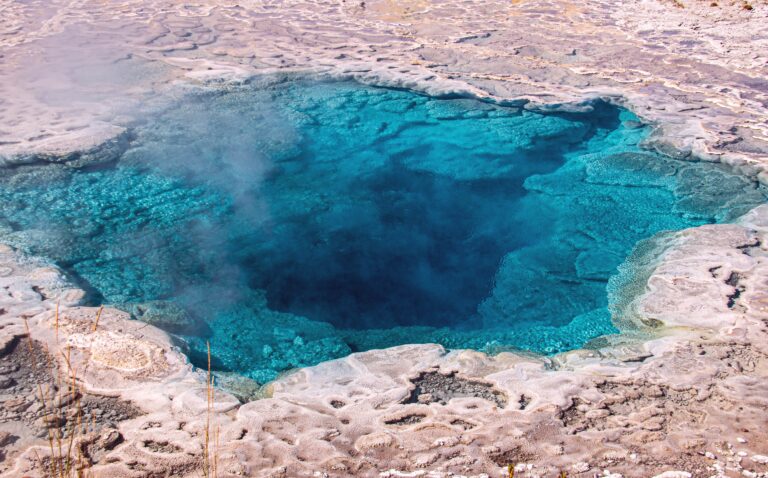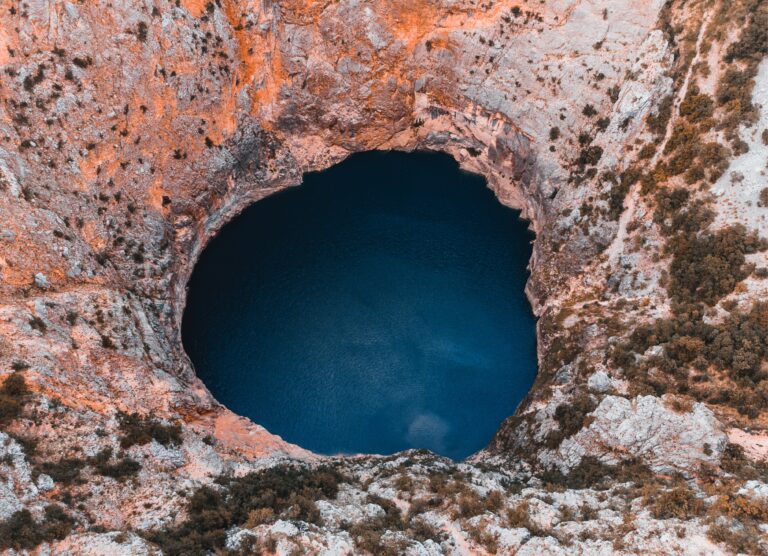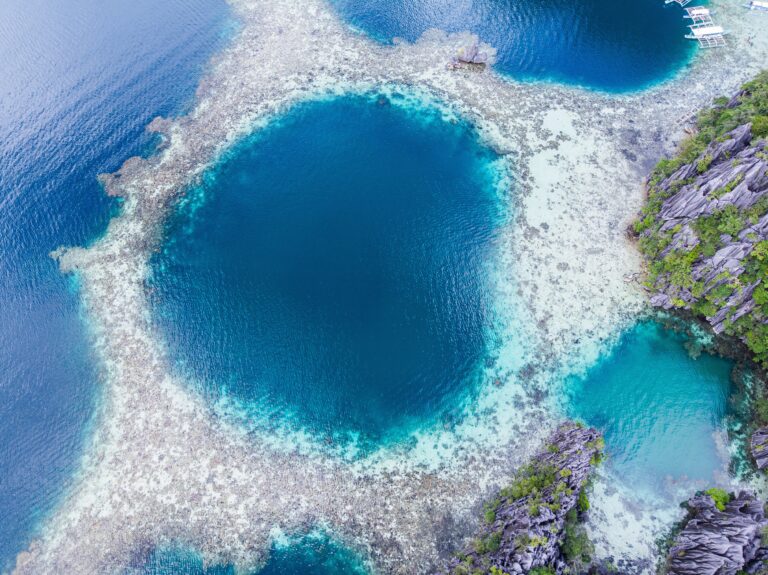How Was the Blue Hole Formed?
Blue holes, those enigmatic underwater wonders, have captured the imagination of divers around the world. Their deep, midnight blue waters beckon adventurers to explore their depths. But have you ever wondered how these mysterious holes in the Earth are formed? Let’s dive into the fascinating story of how blue holes come to be.
What Exactly Are Blue Holes?
Blue holes are, in essence, holes in the Earth filled with water, often a mix of saltwater and freshwater. They get their name from the deep blue color of their waters, which becomes most pronounced when viewed from above. This captivating hue results from the bending and bouncing of light within the deep water column.
- Blue holes are underwater cavities.
- They appear deep blue from above.
- The color comes from light interacting with water.
Some of the largest blue holes, like Dean’s Blue Hole in the Bahamas, plunge to depths of over 200 meters, making them truly remarkable natural formations.
The Ancient Origins of Blue Holes
The story of blue holes began thousands of years ago during the Ice Age when sea levels were considerably lower than they are today. Back then, glacial meltwater began to dissolve the limestone beneath the Earth’s surface, creating immense underground caverns. Over time, the cave ceilings collapsed, forming deep holes in the ground.
As the Ice Age glaciers melted away, these holes were gradually filled with water, giving birth to the blue holes we know today. Some continue to expand due to the chemical reactions occurring within them, slowly eating away at the surrounding limestone and rocks.
- Ice Age sea levels were much lower.
- Glacial runoff dissolved limestone.
- Cave ceilings collapsed, creating holes.
- As glaciers melted, holes filled with water.
Blue Holes: Not Just Oceanic Wonders
While many blue holes are found near the ocean, some are located inland but are connected to the sea through side passages. These passages allow seawater to flow in and out, resulting in saltwater blue holes. Inland blue holes usually form through similar processes as their oceanic counterparts. In rare cases, some inland blue holes are exclusively filled with freshwater from rainfall or natural runoff, as seen in Mexico’s cenotes.
- Not all blue holes are near the ocean.
- Side passages connect inland holes to the sea.
- Processes are similar for both inland and oceanic holes.
- Some inland holes contain only freshwater.
The Thriving Ecosystems Within
Blue holes harbor diverse ecosystems depending on their location. What truly fascinates divers, though, is the incredible age of these formations. They offer a glimpse into the Earth’s ancient history, making them some of the world’s most sought-after dive destinations.
Exploration and Study
The Great Blue Hole in Belize, for instance, formed during various stages of the Quaternary glaciation, spanning back to 153,000 years ago. Stalactites found within the hole confirm its formation before the sea levels rose. Jacques Cousteau’s exploration in 1971 aboard the Calypso shed light on the hole’s origins as a result of karst limestone formations.
- The Great Blue Hole formed during different glaciation periods.
- Stalactites within the hole date back thousands of years.
- Jacques Cousteau explored and confirmed its origins.
Modern Exploration and Tourism
Today, the Great Blue Hole attracts recreational scuba divers due to its crystal-clear waters and abundant marine life. Divers can encounter species like the midnight parrotfish and Caribbean reef shark. While bull sharks and hammerheads occasionally visit, they are not permanent residents. In 2012, the Discovery Channel even ranked the Great Blue Hole as the “Most Amazing Place on Earth.”
For those eager for further adventure, the Great Blue Hole is part of the Belize Barrier Reef Reserve System, a UNESCO World Heritage Site.
Frequently Asked Questions
1. Are all blue holes near the ocean?
No, not all blue holes are near the ocean. Some blue holes are found inland and are connected to the sea through side passages that allow seawater to flow in and out. However, some inland blue holes are exclusively filled with freshwater from rain or natural runoff.
2. How old are blue holes?
The age of blue holes varies, but many of them formed thousands of years ago during the Ice Age when sea levels were much lower. The Great Blue Hole in Belize, for example, dates back to multiple episodes of glaciation, with stalactites within the hole confirming its ancient origins.
3. What makes the waters in blue holes so blue?
The deep blue color of the waters in blue holes results from the interaction of light with the water. When viewed from above, the water appears deep blue due to the bending and bouncing of light within the deep water column.
In Conclusion
Blue holes, with their mesmerizing deep blue waters and ancient origins, are truly remarkable natural wonders. Formed over thousands of years through the dissolution of limestone and the collapse of underground caves, these underwater marvels continue to captivate divers and scientists alike. Whether they are located near the ocean or inland, blue holes offer a window into our planet’s geological history and provide a thriving ecosystem for those who dare to explore their depths.






